
وبلاگ سپهران | Attractions | 10 Must See Temples and Shrines in Japan: A Journey Through History, Spirituality, and Beauty
Suppose you want to see the must see temples in Japan. This country is home to thousands of temples and shrines that reflect the country’s rich cultural heritage, spiritual traditions, and timeless architecture. Whether you’re drawn by the peaceful gardens, intricate wooden carvings, or the serene rituals of worship, visiting these sacred places offers a glimpse into the heart of Japanese history. Temples are primarily associated with Buddhism, often serving as places of meditation and monastic life. Shrines belong to Japan’s indigenous Shinto faith and serve as sacred spaces for honoring kami, spiritual beings or gods deeply rooted in ancient Japanese folklore. When visiting, treat these places with the same respect you would in any place of worship around the world.
Could you stay with us on the Sepehan Blog?
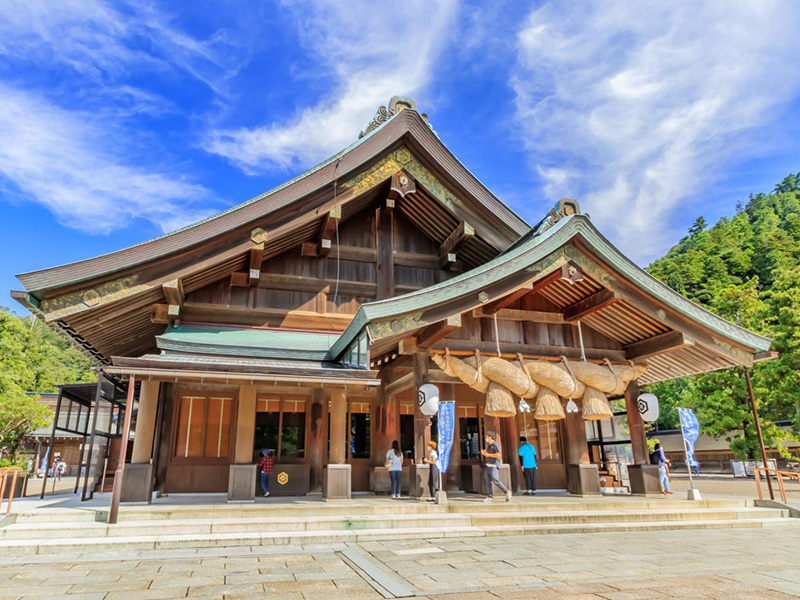
Izumo Taisha is one of the Must See Temples in Japan. It’s regarded as one of Japan’s most ancient and tallest shrines; Izumo Taisha is famed for its spiritual focus on love and relationships. Located in Shimane Prefecture, many visitors come here to pray for romantic success and lasting partnerships.
| Address |
Phone |
|
195 Taishacho Kizukihigashi, Izumo, Shimane 699-0701, Japan |
+81 853-53-3100 |
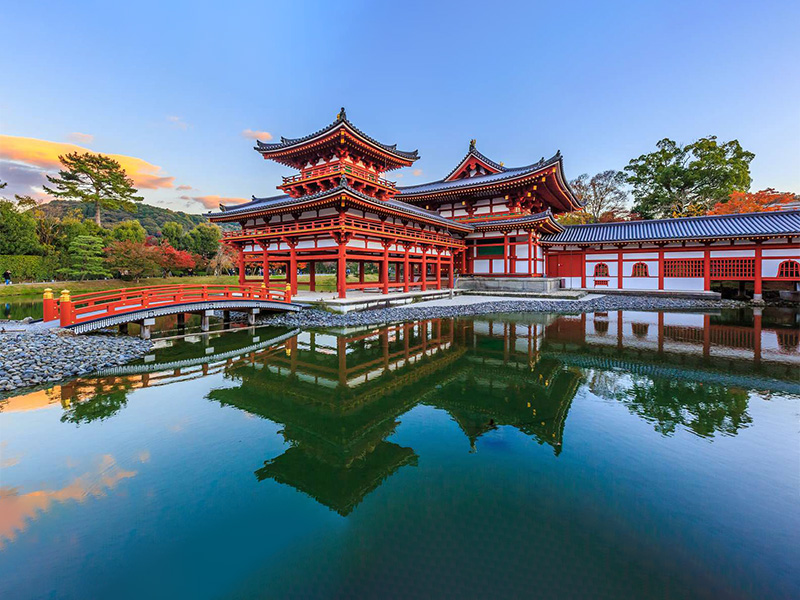
A true masterpiece from the Heian Period, Byodo-in was constructed in 998 and is famous for its Phoenix Hall, which houses centuries-old Buddhist statues. You’ll recognize the temple from the Japanese 10 yen coin, where its graceful design is immortalized. So, Byodo is one of the Must See Temples in Japan.
|
Address |
Phone |
| Renge-116 Uji, Kyoto 611-0021, Japan |
+81 774-21-2861 |
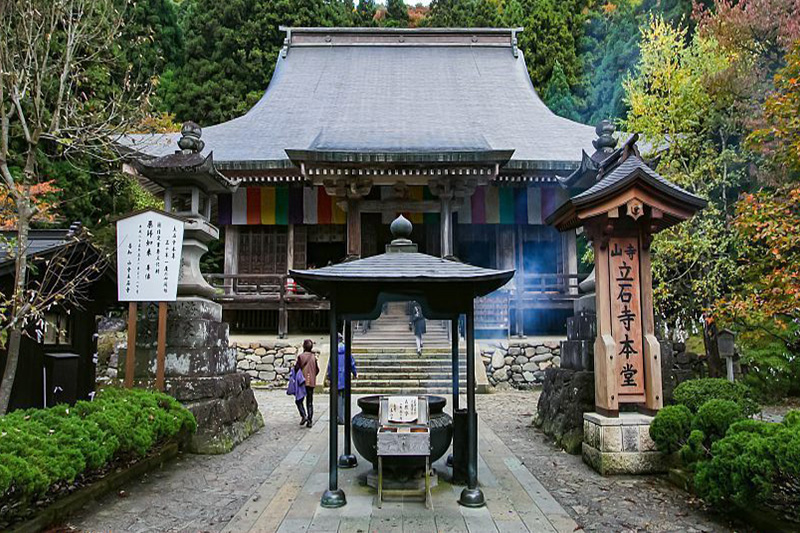
Perched in the highlands of Yamagata, Yama-dera invites visitors on a journey that tests both body and spirit. Reaching the temple involves climbing nearly 1,000 stone steps — a 30-minute walk that rewards visitors with panoramic views of the valley and a profound sense of calm.
| Address | Phone |
| 4456-1 Yamadera, Yamagata, 999-3301, Japan | +81 23-695-2843 |
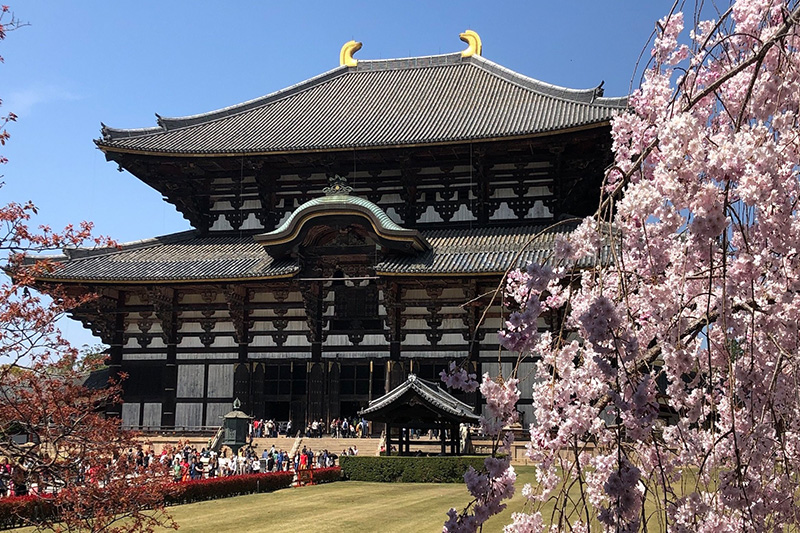
Built-in 752, Todai-ji is an architectural marvel and holds the record for the largest wooden building on Earth. Inside stands Japan’s largest bronze Buddha, a towering figure at 15 meters tall, cast with hundreds of tons of bronze and gold. So, Todai-ji Temple is a Must-See Temple in Japan.
|
Address |
Phone |
|
406-1 Zoshicho, Nara, 630-8587, Japan |
+81 742-22-5511 |
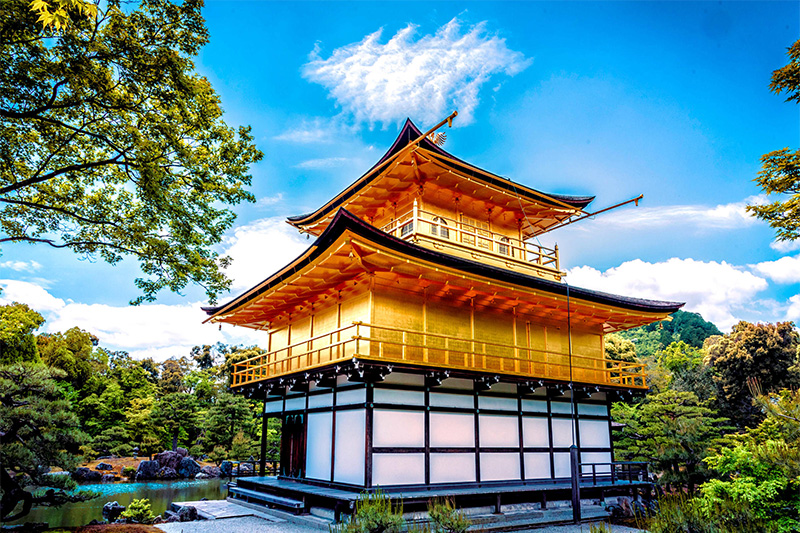
Known as the Golden Pavilion, Kinkaku-ji was initially built in 1397 and is entirely coated in shimmering gold leaf. The temple’s reflection on the surrounding pond creates one of the Must See Temples in Japan and photogenic scenes.
|
Address |
Phone |
| 1 Kinkakujicho, Kita Ward, Kyoto, 603-8361, Japan | +81 75-461-0013 |
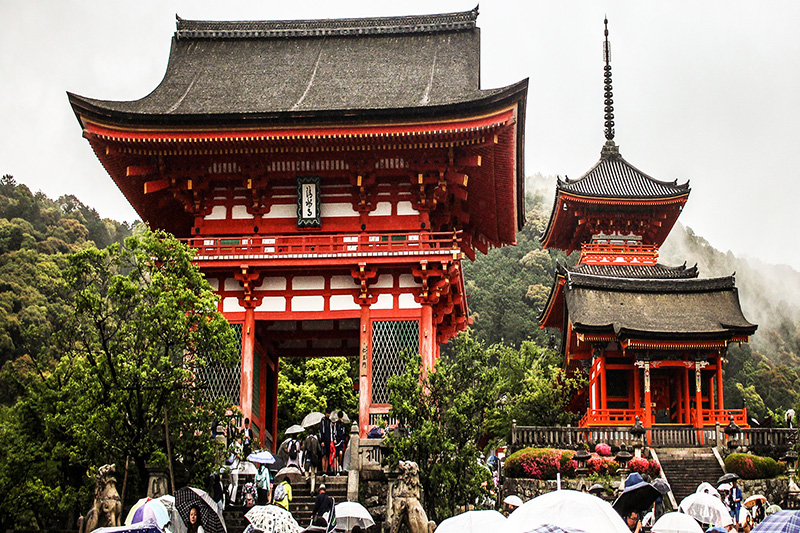
Perched on a steep hillside dating back to 780, Kiyomizu-dera offers breathtaking views of Kyoto from its expansive wooden terrace. The short uphill walk to the temple is lined with charming souvenir shops and snack stalls, making the journey just as enjoyable as the destination. Also, Kiyomizu-dera Temple is a Must-See temple in Japan.
|
Address |
Phone |
|
1 Chome-294 Kiyomizu, Higashiyama Ward, Kyoto, 605-0862, Japan |
+81 75-551-1234 |
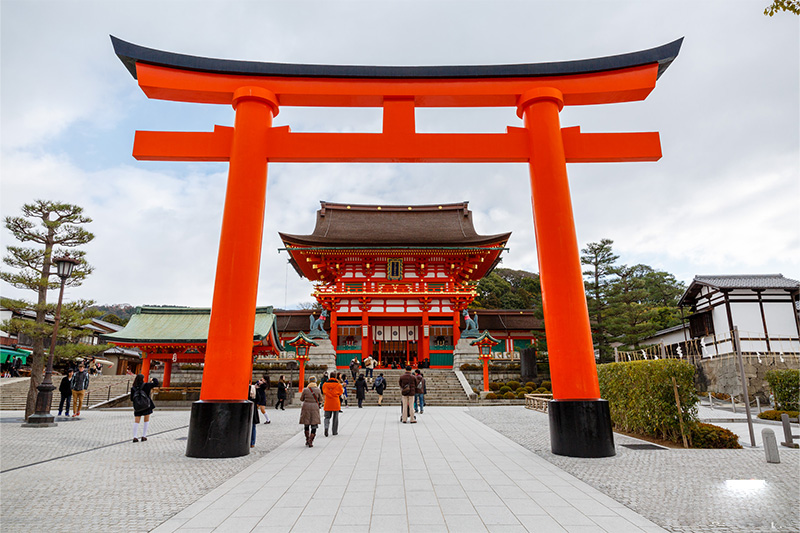
Established in 711, Fushimi Inari is the most prominent shrine dedicated to Inari, the Shinto deity of prosperity. It’s thousands of vivid red gates, which stretch along wooded trails, have become one of Japan’s most famous sights.
| Address | Phone |
| 68 Fukakusa Yabunouchicho, Fushimi Ward, Kyoto, 612-0882, Japan | +81 75-641-7331 |
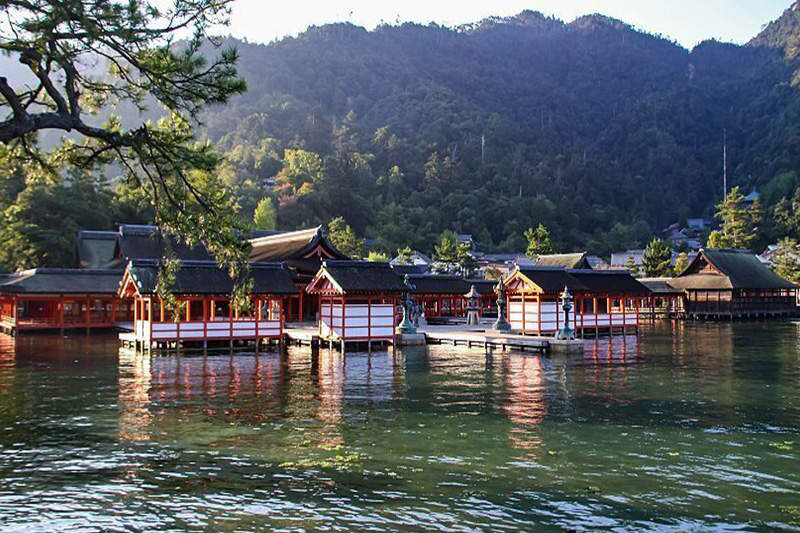
TsuKushima Shrine, Must See Temples in Japan. Located on Miyajima Island, Itsukushima Shrine appears to float on the water during high tide, thanks to its famous gate standing in the bay. The shrine’s origins date back to the 6th century, and its beauty is both spiritual and visual.
| Address | Phone |
| 1-1 Miyajimacho, Hatsukaichi, Hiroshima 739-0588, Japan | +81 829-44-2020 |
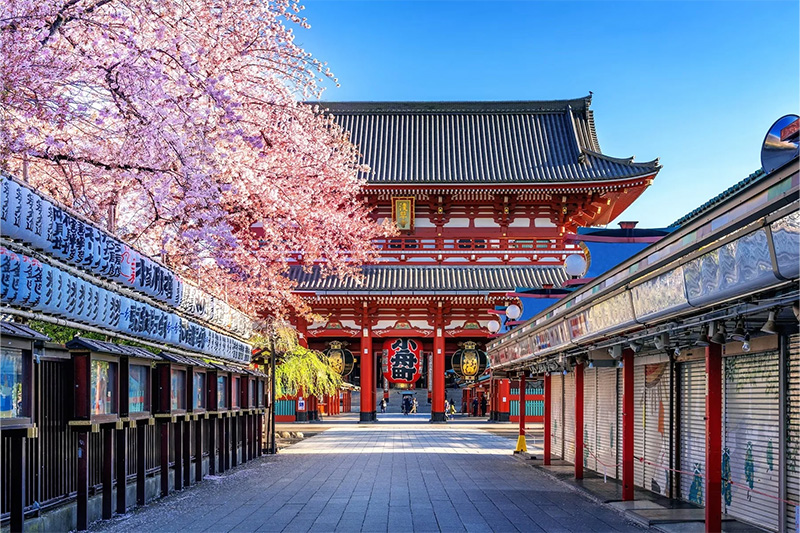
Tokyo’s oldest temple, Senso-ji, was founded in 645 and continues to be a significant attraction. Walking through the bustling Nakamise shopping street from the iconic Kaminarimon Gate to the main hall is a sensory delight filled with snacks and souvenirs. So, Senso-ji is a Must-See temple in Japan.
| Address | Phone |
| 2 Chome-3-1 Asakusa, Taito City, Tokyo 111-0032, Japan | +81 3-3842-0181 |
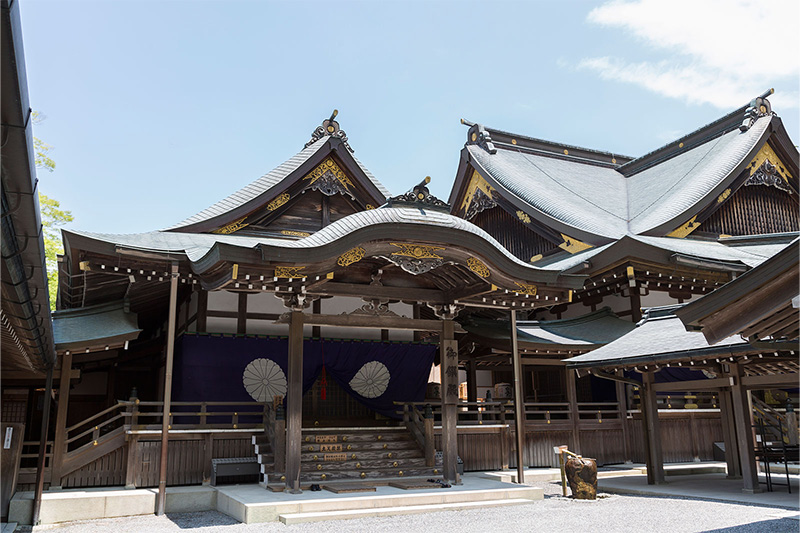
One of the holiest Shinto pilgrimage destinations in Japan, Ise Jingu is composed of two key sanctuaries. The Inner Shrine (Naiku), founded over two millennia ago, honors the Sun Goddess, Amaterasu. The Outer Shrine (Geku), slightly newer at around 1,500 years old, pays tribute to the deity responsible for provisions such as food, clothing, and shelter. Both are set amidst forests and feature elegant wooden bridges and torii gates.
| Address | Phone |
| 1 Ujitachicho, Ise, Mie 516-0023, Japan | +81 596-24-1111 |
Whether you’re seeking spiritual insight, historical understanding, or just a beautiful place to explore, Japan’s temples and shrines offer something unforgettable. From mountaintop hikes to golden pavilions and ancient deities, each location has its own unique story to tell. These sacred places are more than just tourist attractions — they are living symbols of Japan’s enduring respect for nature, tradition, and harmony.